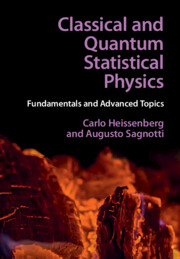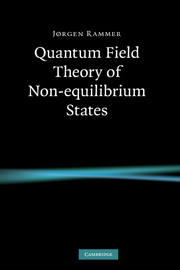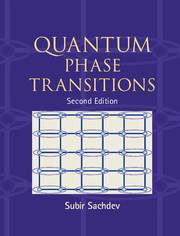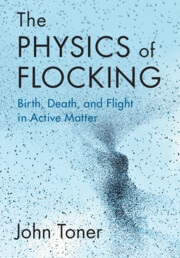Classical and Quantum Statistical Physics
Statistical physics examines the collective properties of large ensembles of particles, and is a powerful theoretical tool with important applications across many different scientific disciplines. This book provides a detailed introduction to classical and quantum statistical physics, including links to topics at the frontiers of current research. The first part of the book introduces classical ensembles, provides an extensive review of quantum mechanics, and explains how their combination leads directly to the theory of Bose and Fermi gases. This allows a detailed analysis of the quantum properties of matter, and introduces the exotic features of vacuum fluctuations. The second part discusses more advanced topics such as the two-dimensional Ising model and quantum spin chains. This modern text is ideal for advanced undergraduate and graduate students interested in the role of statistical physics in current research. 140 homework problems reinforce key concepts and further develop readers' understanding of the subject.
- Explores advanced topics in quantum and statistical physics without requiring a sophisticated understanding of quantum field theory
- The first part of the book is devoted to fundamental aspects of classical and quantum statistical physics, and contains 140 problems that reinforce key concepts and develop deeper understanding of the subject
- Several detailed appendices are included, covering essential mathematical techniques and results, including probability theory and complex analysis
Reviews & endorsements
The concepts and methods of Statistical Physics play a key role, not always fully perceived, in all branches of Physics. With this textbook, aimed primarily at advanced undergraduates but useful also for experienced researchers, Heissenberg and Sagnotti explain clearly and convincingly why it is so. Besides presenting a modern exposition of the basic facts of Statistical Physics well equipped with problems, a stimulating and broad range of advanced topics is introduced, whetting the appetite of the determined reader and pushing them to go farther to Quantum Field Theory and Mathematical Physics.' Prof. Roberto Raimondi, Università Roma Tre
'In its presentation of statistical mechanics, this book is unique for its emphasis on the quantum mechanical underpinnings. It would make a great text for a multi-disciplinary course on many-body physics for upper-division undergraduates or beginning graduate students. Even in the more-elementary first half, the book is full of underappreciated gems, and gives glimpses of a broad view of Theoretical Physics as a whole. The second half boasts a uniform and elementary treatment of the Onsager solution, the Bethe ansatz, the Renormalization Group, and the approach to equilibrium.' Prof. John McGreevy, University of California, San Diego
Product details
January 2022Hardback
9781108844628
400 pages
262 × 185 × 23 mm
0.9kg
Available
Table of Contents
- Preface
- Acknowledgements
- Part I:
- 1. Elements of thermodynamics
- 2. The classical ensembles
- 3. Aspects of quantum mechanics
- 4. Systems of quantum oscillators
- 5. Vacuum fluctuations
- 6. The van der Waals theory
- 7. The grand canonical ensemble
- 8. Quantum statistics
- 9. Magnetism in matter, I
- 10. Magnetism in matter, II. Part II:
- 11. The 2D Ising model
- 12. The Heisenberg spin chain
- 13. Conformal invariance and the renormalization group
- 14. The approach of equilibrium
- Appendices
- References
- Index.





